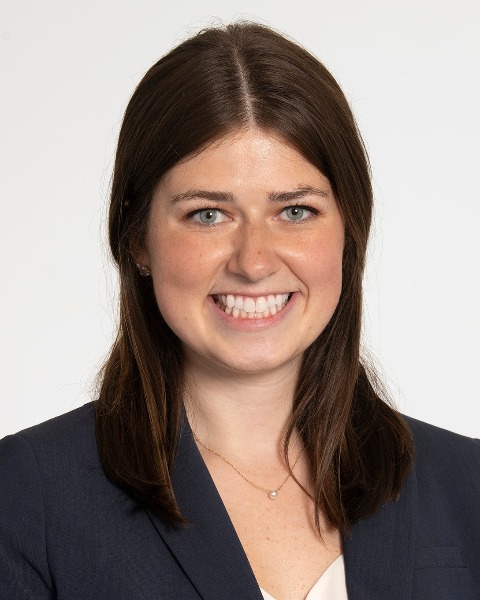SIR 2025
Nonvascular Interventions
Scientific Session
Featured Abstract
CT-Fluoroscopy: Physician Radiation Dose Reduction Using Partial Angle Scanning

Emily A. Knott
Student
Cleveland Clinic Lerner College of Medicine, United States
Adrienne L. Kisting, MS (she/her/hers)
Research Intern
University of Wisconsin-Madison, United States
Martin G. Wagner, PhD
Assistant Professor
University of Wisconsin Madison, United States- TS
Timothy Szczykutowicz, PhD
Professor
U Wisconsin School of Medicine & Public Health, United States - LH
Louis Hinshaw, MD
Professor
University of Wisconsin School of Medicine and Public Health, United States - FL
Fred T. Lee, Jr., MD
Professor
University Of Wisconsin, United States
Presenting Author(s)
Author/Co-author(s)
Percutaneous CT-guided biopsies are increasingly important in the era of precision medicine. CT-fluoroscopy (CTF) allows radiologists to acquire near-real time images with equivalent biopsy accuracy and reduced procedural times, with the tradeoff of patient and physician exposure to low levels of ionizing radiation {1,2}. Recent advances in CT technology developed primarily for cardiac imaging allow partial angle scanning acquired over ~240° which, if optimized, could theoretically decrease scatter radiation to physicians with no change in patient dose or image quality {2}. The purpose of this study was to compare physician radiation dose using full vs. partial rotation techniques obtained at different scan angles.
Materials and Methods:
Full (360°) and partial angle (229°) scans were obtained using a MDCT (Canon, Insight) in CTF mode, a 32 cm diameter phantom (Sun Nuclear Corporation), and an ionization dose chamber placed at typical eye lens height (158 cm). CTF parameters: 0.5s rotation, 18 mm collimation, 120 kV. Tube current was 50 mA (full rotation) and 80 mA (partial angle) resulting in equivalent mAs (25 mAs) and patient dose (CTDIvol) for all scans. There were eight partial rotation scan settings centered at 0, 45, 90, 135, 180, 225, 275, or 315-degrees (Table) with n=6 for all scan groups. Measured radiation dose was compared between partial and full rotation scans using a Student’s t-test.
Results:
Full and partial rotation scans resulted in equivalent patient dose (CTDIvol = 1.8 mGy). Physician dose decreased with partial angle scans centered at 180, 225, and 275-degrees (-2.3%, -12.3%, -8.8%) when compared to full rotation scans (p=0.001, p< 0.001, p< 0.001). Physician dose increased when partial angle acquisitions were at 0, 45, 90, 135, and 315-degrees (+1.8% to +8.2%).
Conclusion:
Physician radiation dose can be decreased during CTF by up to 12.3% using a partial angle scanning technique with equivalent patient dose and image quality. However, the choice of tube position is critical as dose can vary by up to 20.5% depending on the angle selected (optimal angles are furthest away from the physician). This strategy is currently available on many modern scanners for immediate implementation with no difference in patient exposure or image quality.


.jpg)